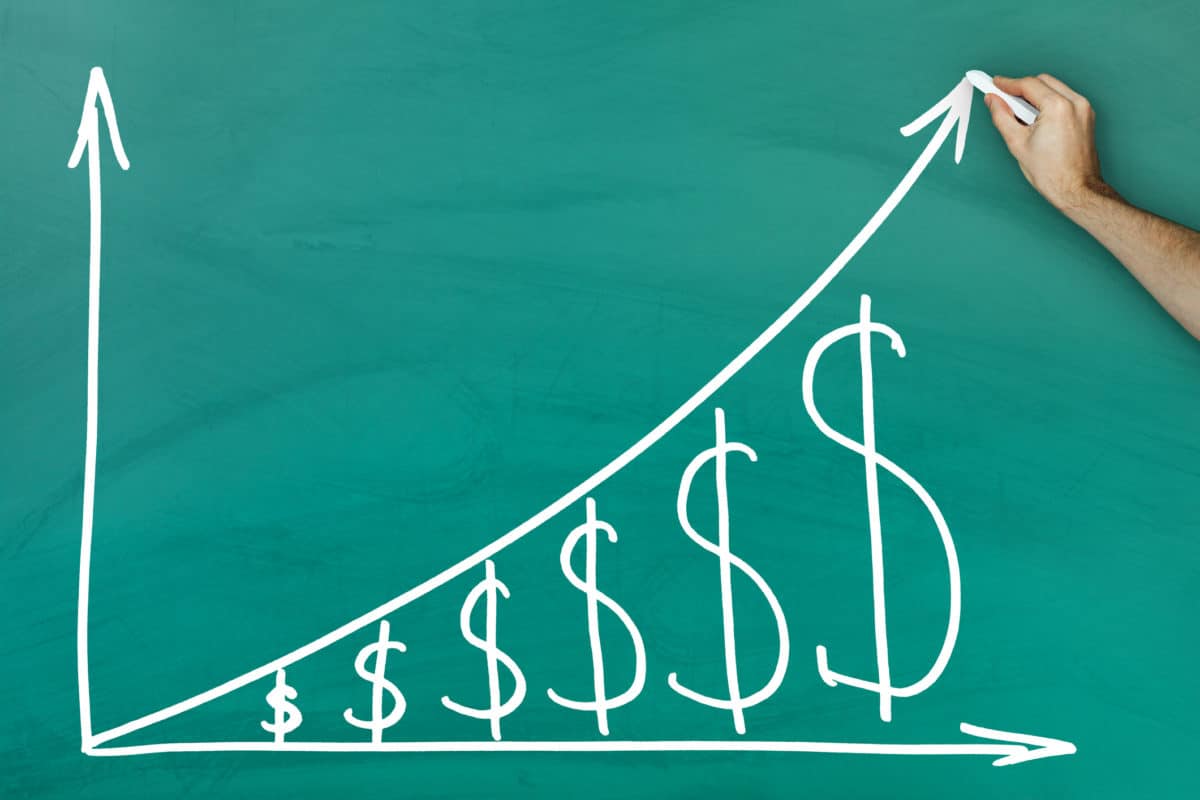Canadian investors have likely heard all the familiar tropes when it comes to investing: Buy low, sell high; what goes up must come down; don’t put all your eggs in one basket.
Now, all these have a point, but it’s the last one that I really like. That’s because when it comes to investing, diversification has to be the key. That includes when you’re creating a passive-income portfolio.
The logic here? By putting, say, $15,000 into one stock or even one exchange-traded fund (ETF), you’re setting yourself with huge risk. Today, let’s look at how investors can reduce their risk and quickly create a diversified passive-income portfolio with just $15,000.
Why diversification matters
Before we get into what investments to make, let’s look at why diversification matters in the first place. Diversification is when you create a collection of different investments that, overall, reduce an investor’s risk. And that doesn’t mean just investing in a bunch of different stocks.
Instead, investors should include stocks from different industries, countries, risk profiles, as well as bonds, commodities, real estate, and ETFs. Working together, these assets reduce the risk of seeing major and even permanent losses.
An ideal place to start is to have a broad range of different investments. Financial advisors particularly like the 60/40 model, which is where 60% of investments go toward stocks and 40% to fixed-income investments. This would include bonds and Guaranteed Investment Certificates (GIC), for example.
But what’s key to consider is your risk profile here, and that will likely go hand in hand with your goals. If you’re a younger investor, you likely can handle more risk. If you’re older, then you’ll want that cash quickly for retirement. So, make sure to align your investments with your long-term goals.
Beginner ideals
If you’re a beginner, it can seem incredibly daunting to start creating a balanced mix of assets in your passive-income portfolio. But there are some ways around it.
First off, you could buy a mix of over 25 stocks across various sectors. However, if you’re a beginner, I would consider investing in an index fund. This is a top tip by financial gurus and will track a fund such as the TSX or S&P 500. This allows you to immediately create strong diversification at a far cheaper price than buying the Index itself. Plus, you’ll have a professional managing the fund.
From there, put at least some of your cash towards fixed income. Right now is a great time to get in on excellent rates through government bonds, corporate bonds, and GICs. This reduces your overall risk profile as these fixed-income sources are guaranteed to come back into your passive-income portfolio. Again, you could consider an ETF to find a great mix of these fixed-income sources.
Also, consider real estate. Real estate investment trusts (REITs) in particular must pay out 90% of net income to shareholders, usually through dividends. You could again find an ETF that follows Canadian REITs or even global REITs for a great mix of passive income. But here’s a great idea to get started.
A good start
I would sincerely recommend that investors meet with their financial advisors before creating a $15,000 passive-income portfolio. But if you’ve already got this base and are looking for some more passive income to come your way, consider a stock such as Automotive Properties REIT (TSX:APR.UN).
APR stock is a great way to take on the valuable REIT sector, with a rebound imminent in the near future as interest rates come down. This is especially true for patient investors looking for a deal on passive income.
APR stock has “weathered the macroeconomic storm,” in the words of one analyst. The $532.7 million REIT continues to show its worth, remaining selective on its acquisitions, and building liquidity in the near term. This has allowed for a huge opportunity in 2024, as it looks for cheap acquisitions in this high-rate environment.
Therefore, APR stock is a perfect opportunity to pick up while it trades at just 5.4 times earnings and with a 7.37% dividend yield. So, if you already have a strong portfolio on hand, this is a must-buy for a passive-income portfolio.








